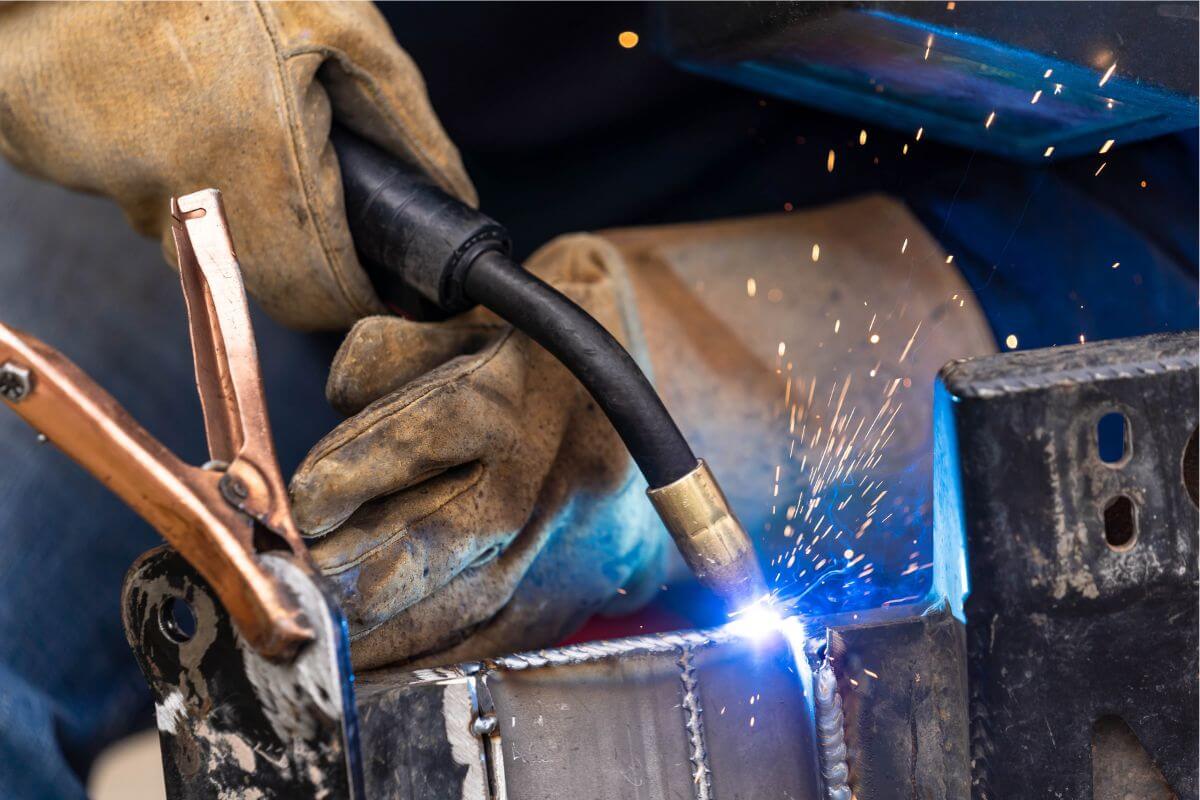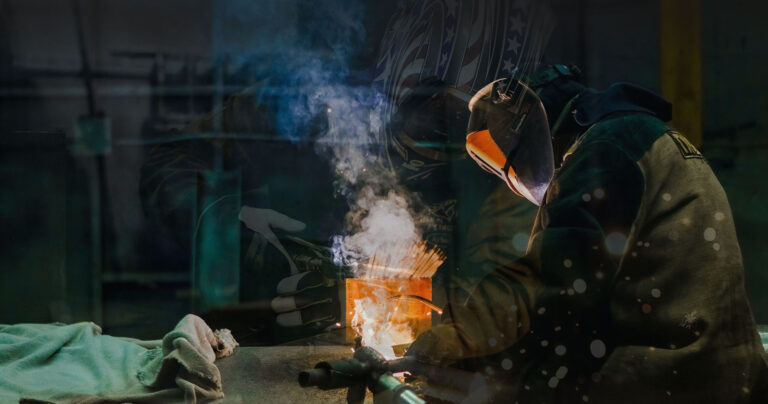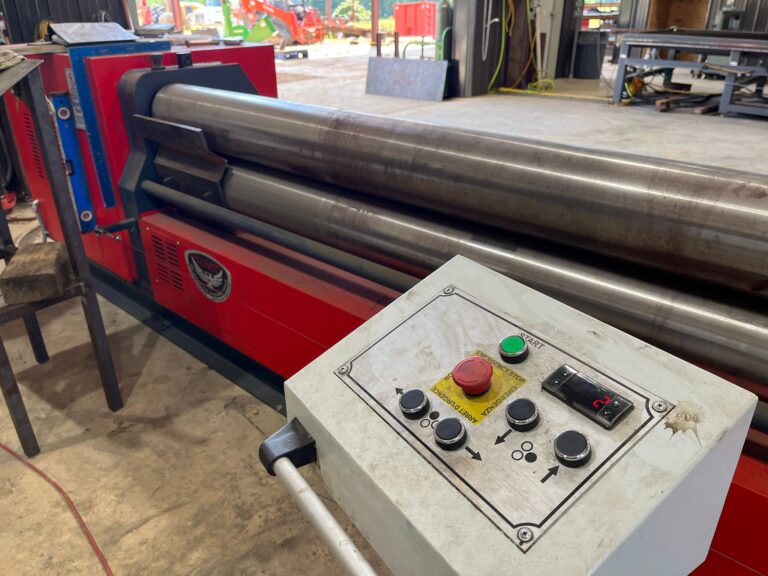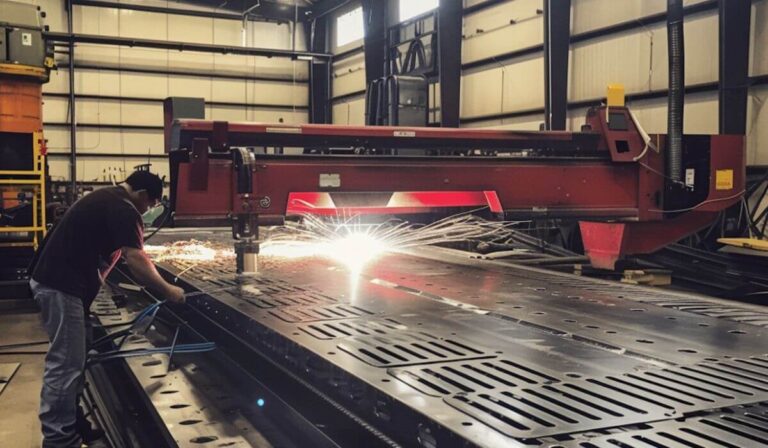Custom welding and fabricating offer tailored solutions for creating metal structures that meet specific needs. Whether you’re constructing machinery, building components, or crafting decorative items, these processes allow for precision and flexibility that traditional manufacturing methods cannot match. This guide explores the importance, processes, and benefits of custom welding and fabricating MS, helping you understand how they can help bring your vision to life.
The Basics of Welding and Fabricating
At its core, welding is the process of joining two pieces of metal together by melting them and fusing them into a single unit. Fabricating, on the other hand, involves creating a structure or component from raw metal, which may include cutting, bending, and assembling the materials into a finished product. Both processes are integral in industries like construction, automotive, aerospace, and more.
Types of Custom Welding Techniques
Custom welding encompasses a variety of techniques, each suited to different types of metal and projects. Some of the most common techniques include:
- MIG Welding (Metal Inert Gas Welding)
MIG welding is often used for its speed and versatility. It is ideal for welding thin to medium thickness metals. MIG welding is commonly used in manufacturing and automotive applications, as it provides strong, reliable welds in a relatively short amount of time.
- TIG Welding (Tungsten Inert Gas Welding)
TIG welding is a more precise technique, ideal for thinner metals or where a clean, strong weld is required. This method is often employed in industries like aerospace and medical device manufacturing, where high-quality welds are essential.
- Stick Welding
Stick welding, also known as shielded metal arc welding (SMAW), is a more traditional form of welding. It’s used for welding thicker metals and is common in construction and repair work. While it requires more skill, stick welding offers flexibility and durability.
- Flux-Cored Arc Welding (FCAW)
Flux-cored arc welding is similar to MIG welding but uses a flux-cored wire. This technique is often used for welding thicker metals and is beneficial in construction, shipbuilding, and heavy manufacturing projects.
Each of these welding methods offers distinct advantages depending on the materials and application, allowing custom welders to deliver precision and strength in various settings.
Fabricating Metal for Custom Projects
Fabrication is an essential part of custom metal solutions. It involves the manipulation and assembly of metal materials to create structures, components, or products. Some common fabrication processes include:
- Cutting
Cutting is often the first step in metal fabrication. It involves using saws, lasers, or plasma cutters to shape the metal to the required dimensions.
- Bending
Bending is used to create angles or curves in the metal. Machines like press brakes or roll benders can create precise bends to form parts such as brackets, frames, and other custom structures.
- Assembling
Once the metal pieces are cut and shaped, they are assembled into a final product. This process often involves welding, fastening, or bolting parts together.
- Finishing
The finishing process gives the metal its final appearance and helps protect it from corrosion and wear. Techniques like powder coating, painting, or galvanizing can be applied, depending on the requirements of the project.
Why Custom Welding and Fabricating Matters
It is essential in industries where mass-produced solutions just won’t do. The ability to create bespoke components and structures ensures that a project or product meets precise specifications. Here’s why custom solutions are often necessary:
- Tailored Designs for Unique Needs
Not all projects are the same. It provides flexibility, ensuring that metal products are designed to meet unique requirements. Whether you need a custom-built machine, a decorative feature, or a structural component, these services deliver exactly what you need.
- Precision and Quality Control
It allows for greater precision than mass-manufactured parts. With expert welders and fabricators, you get products that are built to last, with close attention to detail and quality.
- Cost-Effective Solutions
While custom solutions may seem more expensive upfront, they can save money in the long run. It allows for the creation of parts that are designed to fit and function perfectly, reducing the need for adjustments, replacements, or repairs.
- Flexibility for Complex Projects
Some projects require specific, one-off designs that are not available through standard manufacturing processes. It offers the flexibility to tackle even the most complex projects, allowing you to bring your ideas to life.
- Long-Term Durability
When components are custom-built, they are often designed to withstand greater stress, wear, and environmental factors. High-quality fabrication and welding ensure that your product is durable and reliable for years to come.
Conclusion
Custom welding and fabricating provide a wide range of solutions for businesses and individuals alike. By combining expert skills with cutting-edge techniques, custom solutions ensure that metal components are designed to meet your exact specifications.
If you have a project in mind that requires custom solutions, consider how custom welding and fabricating can elevate your design. With the right team and tools, the possibilities are endless.

